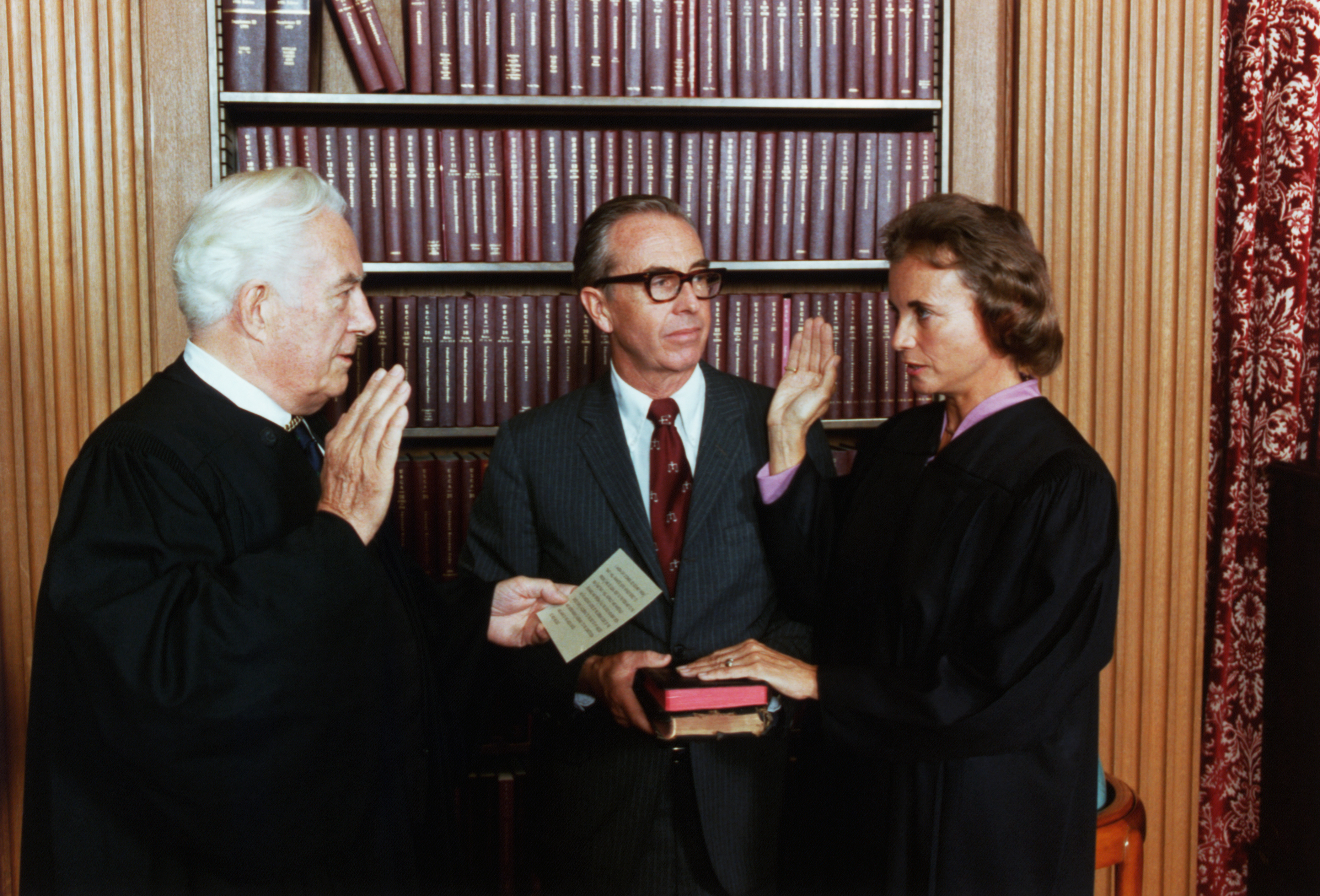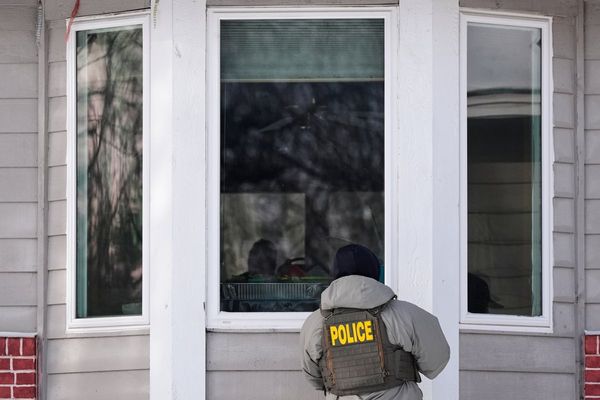
Former Supreme Court Justice Sandra Day O’Connor, the first woman to ever serve America’s highest court, has died. She was 93.
A release from the Supreme Court says she died in Phoenix on Friday due to complications from dementia and a respiratory illness. She retired from public life in 2018 when she announced her diagnosis.
President Ronald Reagan appointed her to the Supreme Court in 1981 and served until 2006. During her 25 years as a Supreme Court Justice, she was considered the most powerful woman in the country. She was a beacon of moderate conservatism during a crucial era in U.S. politics, when issues like abortion, affirmative action, sex discrimination, and voting rights were on the docket.

According to CNN, during her tenure, the Supreme Court was informally nicknamed as the “O’Connor Court” because she served as the swing vote in so many controversial cases.
Abortion was inarguably the most divisive issue that she and her fellow justices faced. Justice O’Connor balked at letting states outlaw most abortions. In 1989 she refused to join four justices in overturning the Roe v. Wade decision that granted women the constitutional right to get an abortion.
O'Connor defended Roe v. Wade again in 1992 by leading a five-justice majority that reaffirmed the fundamentals of that ruling. O’Connor famously delivered the decision in Planned Parenthood v. Casey, which changed how and when an individual can exercise the right to terminate a pregnancy. She said: “Some of us as individuals find abortion offensive to our most basic principles of morality. But that can’t control our decision…Our obligation is to defend the liberty of all, not to mandate our own moral code.”
As we know, 30 years later, in June 2022, a conservative court overturned both Roe v. Wade and Planned Parenthood v. Casey. The man who took O'Connor's seat on the court, Justice Samuel Alito, was the author of that abortion ruling.
O’Connor also supported affirmative action when she wrote a majority opinion for Grutter v. Bollinger, upholding the University of Michigan Law School’s ability to use “race-conscious admissions policies” in the interest of diversity. This ruling was also overturned last term when the current Supreme Court struck down affirmative action at Harvard University and University of North Carolina.

O’Connor grew up in Arizona, and enjoyed sharing stories about her youth spent raising cattle, and riding horses and tractors. “I didn’t do all the things the boys did,” she said in a Time magazine interview, “but I fixed windmills and repaired fences.”
A true fixer and repairer, yet pathbreaker at heart—O'Connor went on to represent her home state as the majority leader in the Arizona state Senate, also the first woman to hold that title.
When she joined the Supreme Court she remained the only woman until 1993, when President Bill Clinton nominated Justice Ruth Bader Ginsburg. Today, the Supreme Court seats a record of four women justices.







